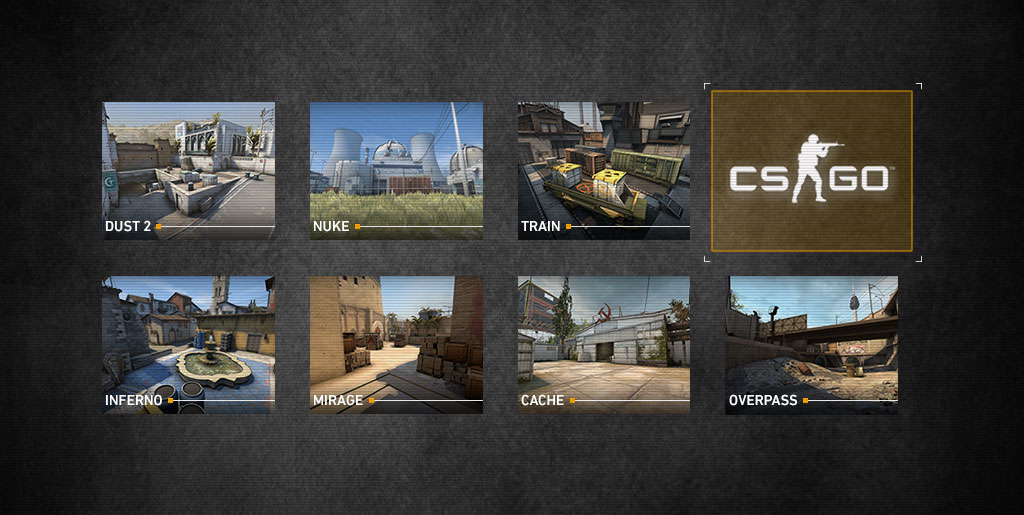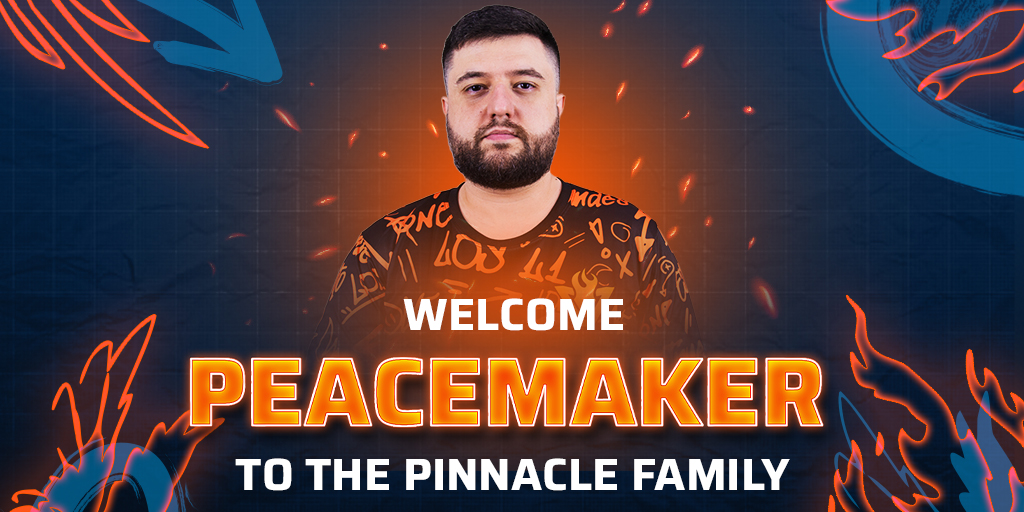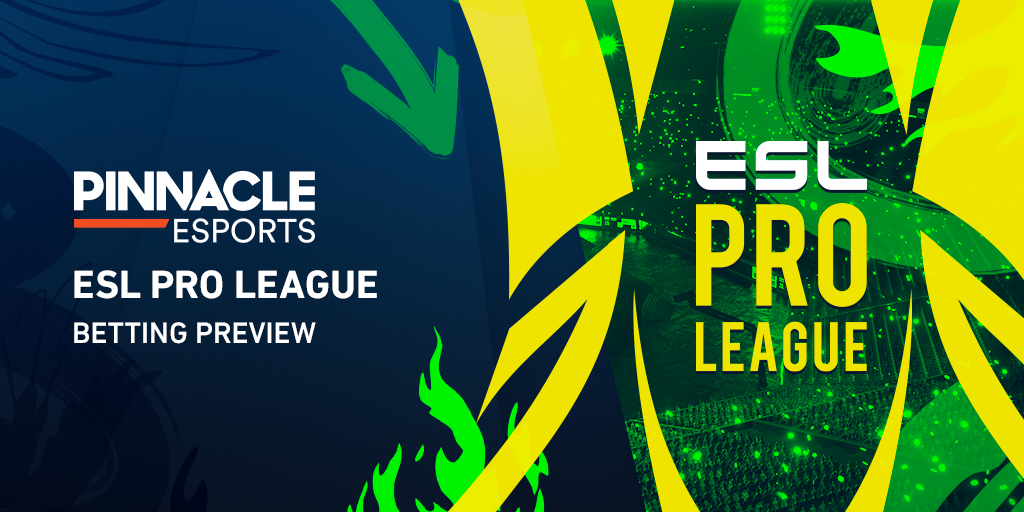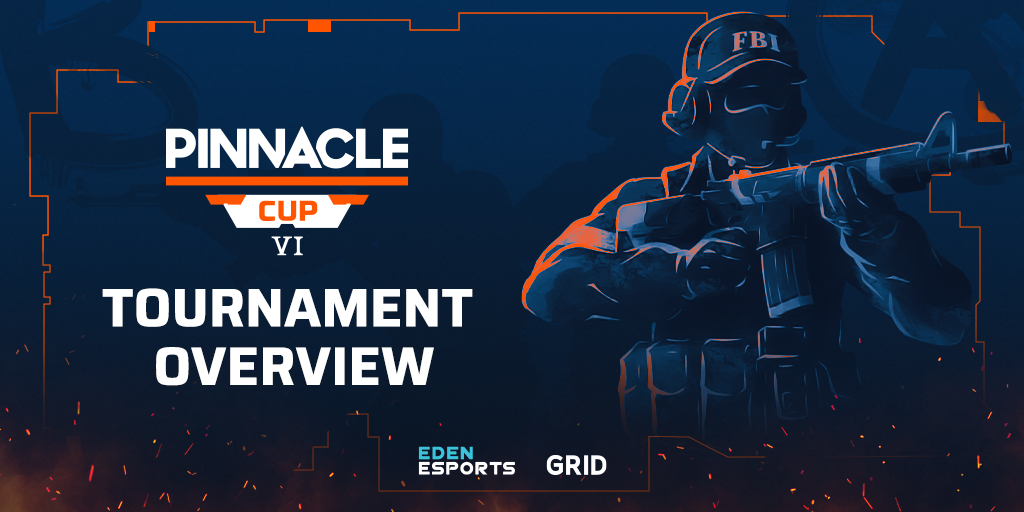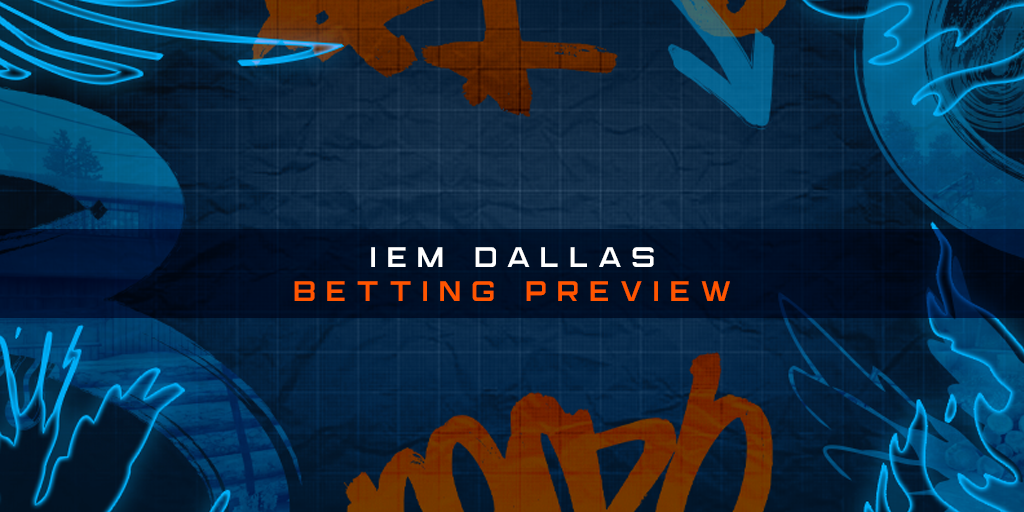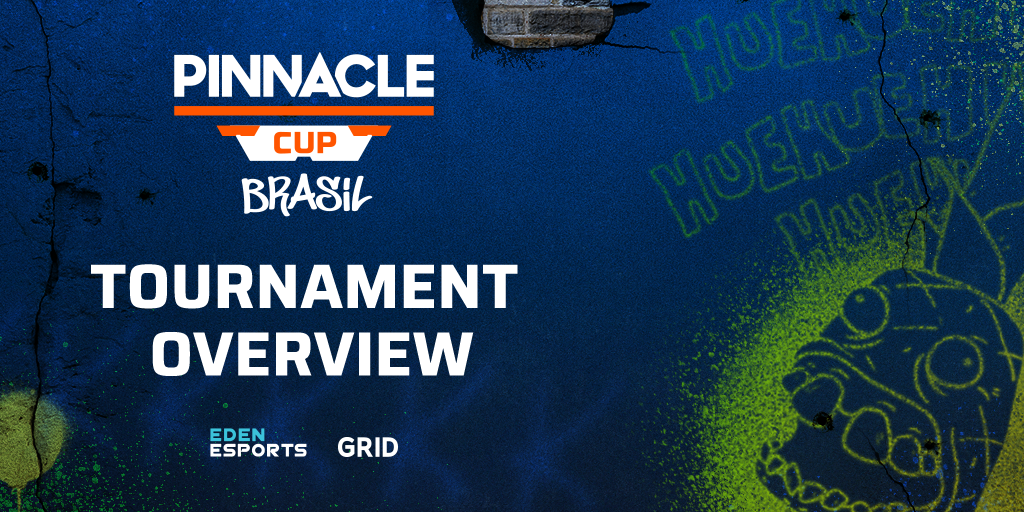There are currently seven maps in the active duty map pool – the most balanced and competitive maps that are used in all official Valve events. If you want to make money from betting on CS:GO, knowledge of the different maps and the impact they have on a match is crucial. Read on to learn more.
Although the number of maps used in the competitive Counter-Strike: Global Offensive (CS:GO) scene never deviates from seven, the actual maps do change from time to time. Valve has recently been upgrading the maps in terms of gameplay and visuals to make them appear less dated.
After a map has been removed, Valve then adds another map to replace it. So far, Dust2, Train, Inferno and Nuke have all been updated, with wholesale changes made to Overpass over time. Mirage so far has been largely left untouched since it was first added to the map pool on July 1, 2014.
What are the maps?
Despite largely being seen as Valves own maps now, the majority of the CS:GO maps were originally not created by them and in fact made by members of the community in past versions of CS.
Dust 2
The new version of Dust 2 is set in Morocco, with improved colours and visibility.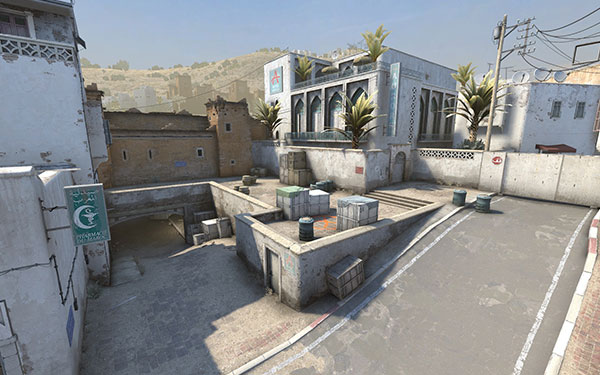
Dust 2, the most famous and iconic map in the CS franchise was originally created by David Johnson (who also created Cobblestone). Due to the overwhelming success of the original Dust, the sequel was initially named Dust 3 and the reason Johnson himself gave was ‘on the basis that the third instalment of any movie trilogy is typically never as good as the first one, I decided to call it Dust 3, and hoped no-one would notice’.
Nuke was removed from the map pool in March 2015 and was not added back into the game until Operation Wildfire in February 2016.
Jesse Cliffe advised David to rethink this before the map was released, with the name eventually changed to Dust 2.
The map was recently revamped by Valve – who stated their aim was not only to improve the map visually but also to improve the gameplay. Despite making this bold claim, the map layout was primarily left the same, with minor changes and lighting improvements in dark areas added. The map officially replaced Cobblestone in the active map pool on April 20, 2018.
Dust 2 has always been known for being a balanced map, yet the new version appears to favour the T side slightly. In 2018 so far**, 53.9%* of rounds were won on the T side, up from 50.8%* in 2016. This can potentially be attributed to the widening of the tunnel leading into the B bombsite, ensuring easier access for the attacking team than on previous instalments.
Overpass
Overpass’ map setting is a canal overpass, with the park built above it in Berlin, Germany.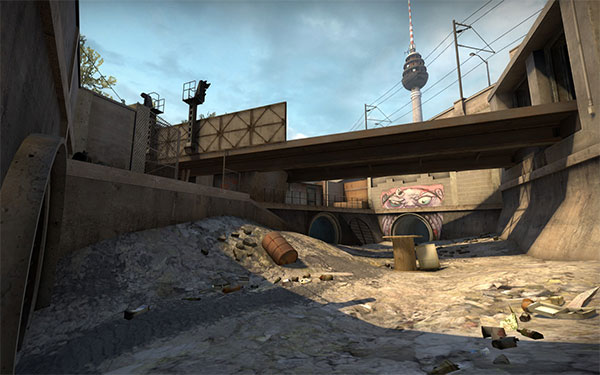
Overpass’ changes were mainly on the A bomb site and the toilets area. Finding a way to make the A bomb site exciting but also balanced was perhaps one of the hardest issues for Valve to overcome.
Although the map can be quite CT sided, it also is one of the most diverse maps in the pool. The T and CT side both have a lot of different ways to play the map, with an incredibly large number of different strategies being viable.
Although the number of maps used in the competitive CS:GO scene never deviates from seven, the actual maps do change from time to time.
The defending side can play defensive or aggressive on both bomb sites. Various tactics and some aggression can be used to push T side back to their own spawn (where the team start the round), due to the layout of this map. The rotate times between the bomb sites (how long it takes to get from one to the other) are relatively short, which again makes the use of utility and denying vision even more important for the T side.
One critique of the map is the amount of ambient noise. There are trains that pass by every so often and noise in the bathrooms as well. The map also had some serious design faults that professional teams were able to discover.
Cache
Cache takes place in Pripyat, Ukraine, with the Chernobyl Power Plant visible in the background.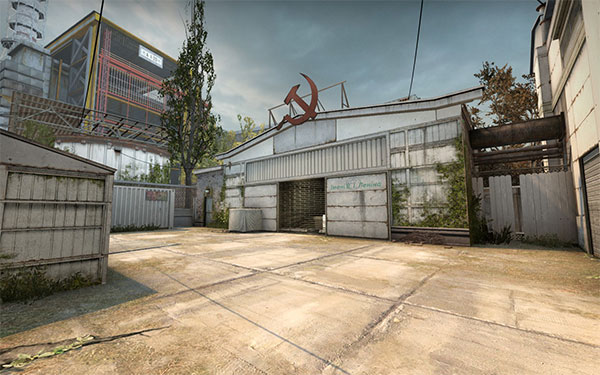
Cache is a unique map as it is the only one in the current active map pool that was created entirely independently of Valve. Created originally by Sal ‘Volcano’ Garozzo for Counter-Strike: Source (CS:S), it was then ported to CS:GO and released in December 2012.
Soon after in May 2013, FMPONE (a map designer) announced he was re-texturing the map with support from Sal. The finished version was added to Operation Bravo, where the map proved to be so popular that it was eventually added to the active map pool.
Proven to be a popular map amongst the professional players, the map can be quite T sided due to its wide entrances on both bomb sites.
Train
An industrial train yard located somewhere in Eastern Europe, A mosaic of Lenin is found in the Terrorist spawn.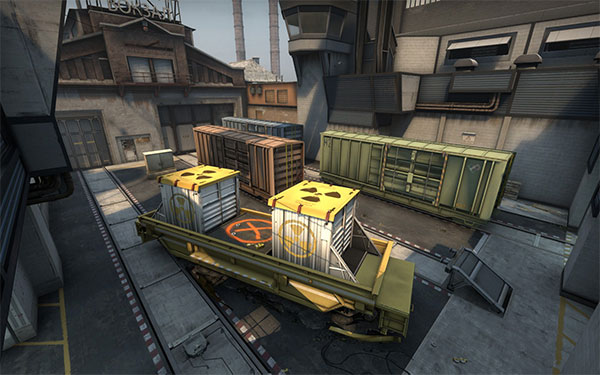
Train is another of the classic CS maps that has been around throughout the franchise. Created originally by Christopher Mair on behalf of Barking Dog Studios back in 2009, the current version shares a few similarities but is for the most part, entirely different. The original version used in CS:GO was also altered by Valve on 10 December 2014.
Altering the visuals drastically as well as changing the bomb sites and the width of the back hall, Valve was determined to make the map more balanced, which seems to have worked. A 57.5%* win rate for the counter-terrorists in 2014 at majors dropped significantly to 51.7%* in 2017. An increase of almost 6% highlights just how much better for the T side the changes were.
Nuke
Originally set in Germany, the new version of Nuke is based at a Nuclear Power Plant in an unnamed town in America.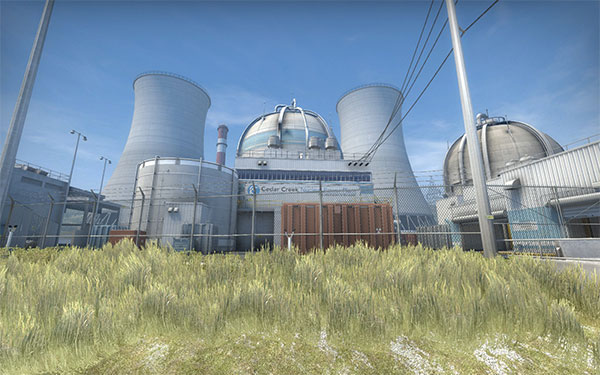
Nuke was originally created by Jo Bieg and was added to CS in 1999 after the rights to the map were purchased by Valve. The map has been changed many times over the course of the various different games, although the general layout has remained almost the same. Known for its incredibly hard side T side, it has still remained one of the most popular maps.
Nuke was removed from the map pool in March 2015 and was not added back into the game until Operation Wildfire in February 2016 (it was added to the map pool shortly after). The revamped version is entirely different graphically, but almost the same gameplay wise, which has disappointed a lot of players and fans.
The map is still heavily CT sided (54.8% CT rounds won*) although with the general changes to CS:GO over the last year, it is slightly more T sided (45.2% won in 2017 compared to just 32.9% in 2015*) than before.
Cache is a unique map as it is the only one in the current active map pool that was created entirely independently of Valve.
The main issue for Nuke overall is the layout. It is incredibly difficult to catch all of the action as a viewer as both bombsites are on top of one another. This makes the stream feel disjointed and you seem to only get half the story - something that really hurts the map viewer wise.
Not only is nuke heavily CT sided, but the action is quite stale too. The map has been played less and less in recent events (only seven times in the last three months at big events - Mirage was played 31 times) it feels like only a matter of time before Valve replace it with Dust2.
Mirage
The action on Mirage takes place in a small Middle Eastern town, rumoured to be somewhere in Morocco.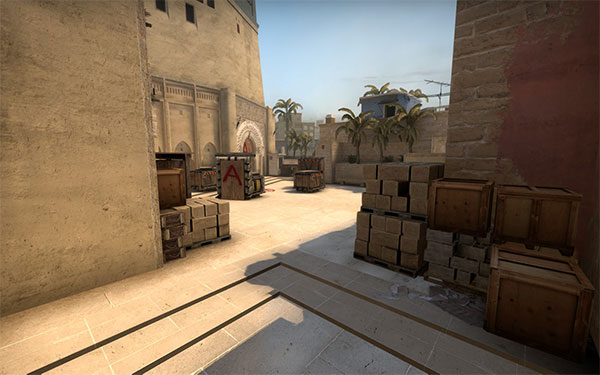
Mirage was first developed by Michael ‘BubkeZ’ Hull specifically for the Cyberathlete Professional League (CPL) all the way back in 2004 - it was originally called de_cpl_strike. In 2010, he released Mirage for CS 1.6 and the map was an instant hit.
After CS:GO was released, Valve decided to remake the map and add it to the active duty map pool, changing the texture of the map and a few gameplay aspects as well.
Mirage, which was the most popular map at big events in 2017, has become a fan favourite in CS:GO. There is a large variety of ways to play the map on both T and CT side, no two games will be exactly the same and the styles of both teams and how they play becomes incredibly apparent on this map.
The map is fairly balanced too (something that has happened steadily over time as the game has changed). At the Majors in 2014, teams were winning on average 57.2%* of the rounds on CT, this has since dropped off to 49.9%* in 2017.
Inferno
The original Inferno was set in a small town in the Basque country, with the revised version taking place in Italy.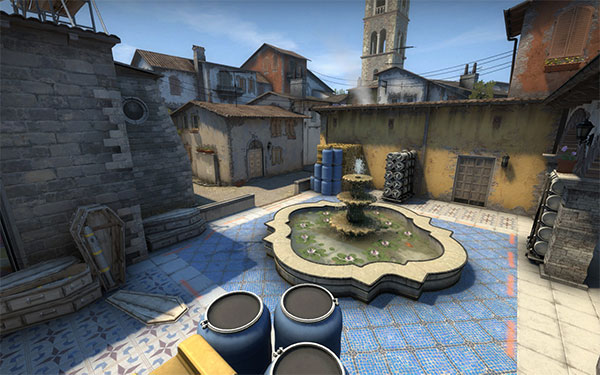
Inferno was originally built by Chris ‘Barney’ Auty and introduced in July of 1999 in Counter-Strike 1.1. The map was updated and changed over the following few years, including an official upgrade in Counter-Strike: Condition Zero and CS:S. The CS:S version was largely different from the original, as well as the Condition Zero one, which was set at night.
Valve decided Inferno should be one of the active duty maps when CS:GO was released but kept the remainder of the map the same, except for visual changes. The map was re-skinned again in October 2016 with some gameplay adjustments.
These changes were made to make the map slightly more T sided, which seems to have worked. Despite the mixed feelings about this map in general, most of the greatest games so far in CS:GO have occurred on this map, proving that its place in the map pool is much needed.
Use our eSports schedule to keep up to date with all the latest CS:GO events.
*Numbers sourced from HTLV.org
**As of May 23, 2018.

